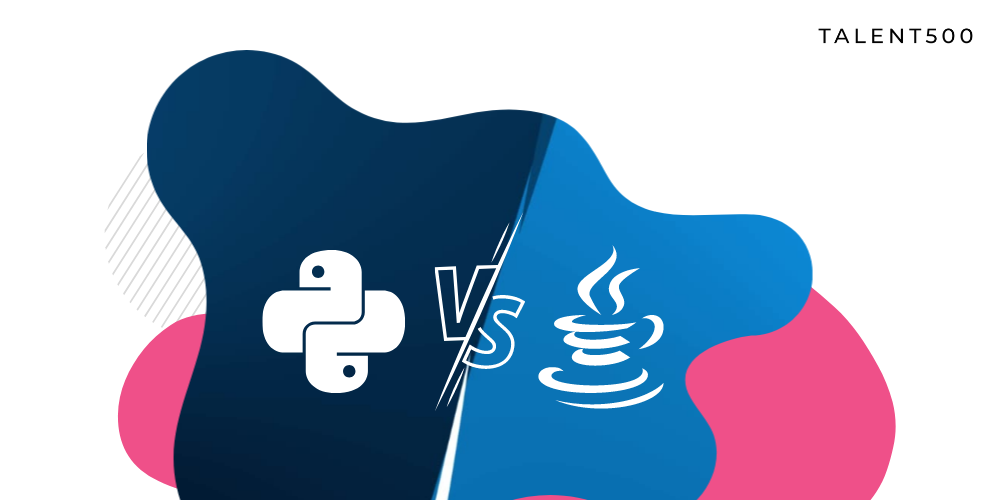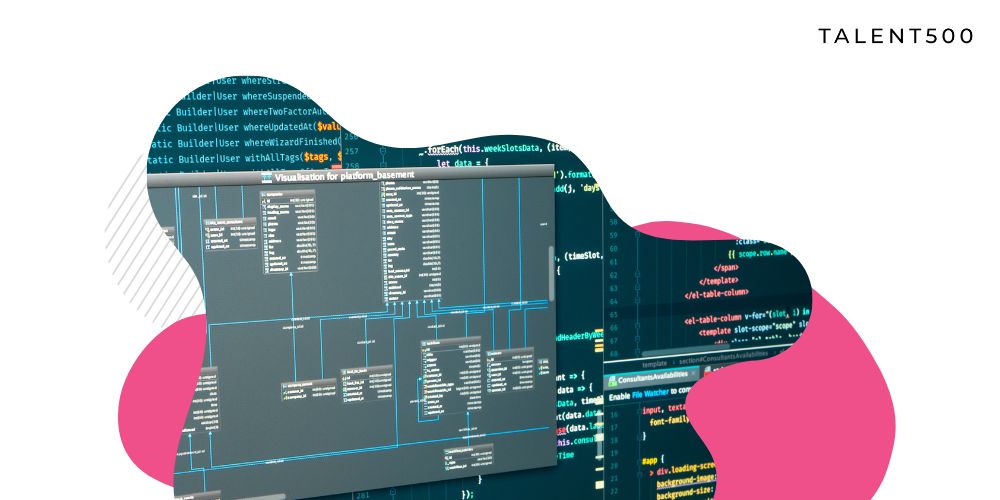PHP is one of the most widely used open-source general-purpose scripting languages that many companies use as their backend tech stack. Facebook is the most notable company using PHP. Demand for PHP developers remains high, and almost 79% of the top websites in the world use PHP as the server-side scripting language.
The number of PHP developers is growing at a fast pace and soon, it is likely that India will become the top source of PHP developers. It also implies that the competition for jobs will be stiff. Apart from your technical skills, you will also be required to have soft skills like communication, critical thinking, problem-solving, and interpersonal skills. We already have great resources on essential soft skills for software developers; you can check them out here:
Soft skills that still impress employers in 2022
Most valuable soft skills of exceptional software engineers
As far as the other skills are concerned, we will guide you through everything you need to know about a career in PHP development.
Career prospects: Demand, Job Openings, and Salary
PHP developers are some of the most in-demand professionals in the IT industry. According to the Bureau of Labor Statistics, the demand for web developers will increase by 13% between 2020 and 2030. Therefore, the job outlook for PHP developers is quite promising.
There are 15,580 job openings for PHP developers on Naukri.com, followed by 12,000+ active listings for PHP developers on Indeed and over 8000 requirements for the same role on LinkedIn. The demand for experienced PHP developers is high at companies like Accenture, Tech Mahindra, and Wipro.
According to the salary analytics platform Payscale.com, the average salary for experienced PHP developers in India is INR 6,20,000. The earning potential of PHP developers is often dictated by the company they work at and the experience they possess. Most senior PHP developers earn over INR 9,00,000 per year.
What all do PHP interviews involve?
Generally speaking, PHP developers need to demonstrate competence with the job’s technical aspects that demand a unique skill set.
During an interview, your ability to write clean object-oriented PHP code is tested. Experienced developers must also be efficient with SQL.
Candidates must be able to evaluate, design, develop and assist application systems. They need to have command over one or more JavaScript frameworks such as Angular, Vue, and NodeJS. We recommend PHP developers hone their skills in Angular as PHP developers with experience in Angular earn 23% more.
You can check out our comprehensive Angular Developer Toolkit which has all the resources required to become a successful Angular Developer.
Also, companies expect PHP developers to be skilled in Laravel, the most popular model-view-controller (MVC) framework built with PHP.
Important Interview Questions and Answers
What will this code output, and why?
$x = true and false;
var_dump($x);
The output of the above code will be bool(true). It is because the AND operator is behaving as an OR. The = operator takes precedence over the AND operator in the code snippet. This results in the statement $x = true and false being functionally equivalent to:
$x = true; // sets $x equal to true
true and false; // results in false without affecting anything
This code is an excellent example of why parentheses are used to specify the intent in a court.
What is the difference between == and ===?
The operator == is used between two different types of values.
The === operator is for a ‘typesafe comparison.’ It returns true only when the operands have the same type and the same value.
Can you explain the output value of $x in the following statement:
$x = 3 + “15%” + “$25”?
The output value will be 18.
PHP supports automatic type conversion. It implies that a variable is changed based on its context. For instance, if you perform an arithmetic operation on a string, then PHP will convert the string to its appropriate numeric type for calculation. If the string starts with one or more numeric characters, then the remainder of the string is ignored. And if the string begins with a non-numeric character, it will be evaluated to 0.
In the above statement, “15%” evaluates to the numeric value 15 and “$25” evaluates to the numeric value 0. Hence, 3 + 15 + 0 = 18.
What is PEAR in PHP?
PHP Extension and Application Repository or PEAR is a framework and repository for reusable PHP components. It is a collection of many PHP code snippets and libraries and supports CLI or command-line interface to install packages automatically.
What does the following code print?
$a = “PHP”;
$a = $a + 1;
echo $a;
The code will echo the number 1.
However, in PHP 7.2 record will throw a warning as the version of PHP will not convert the non-numeric value to int.
What are Traits?
PHP does not support multiple inheritances. Traits are a mechanism to provide some of the reuse advantages of multiple inheritances in PHP. Developers can use traits to reuse combinations of methods from different class hierarchies.
How does JavaScript interact with PHP?
PHP is a server-side scripting language, while JavaScript is a client-side programming language. PHP can generate JavaScript variables, making it possible to execute the code in a browser efficiently. It makes it possible to pass JS variables to PHP using a simple URL.
Here is an erroneous code-
$referenceTable = array();
$referenceTable[‘val1’] = array(1, 2);
$referenceTable[‘val2’] = 3;
$referenceTable[‘val3’] = array(4, 5);
$testArray = array();
$testArray = array_merge($testArray, $referenceTable[‘val1’]);
var_dump($testArray);
$testArray = array_merge($testArray, $referenceTable[‘val2’]);
var_dump($testArray);
$testArray = array_merge($testArray, $referenceTable[‘val3’]);
var_dump($testArray);
Explain what is wrong with this code and what the output will be.
Also, how will you fix the error?
The output of this code snipped will be:
array(2) { [0]=> int(1) [1]=> int(2) }
NULL
NULL
It can also generate two warnings, similar to the following:
Warning: array_merge(): Argument #2 is not an array
Warning: array_merge(): Argument #1 is not an array
The issue with the code here is that if either of the first or second arguments to array_merge() is not an array, the return value will be NULL.
Most developers miss this because it is not well described in the PHP documentation.
This is why the call to:
$testArray = array_merge($testArray, $referenceTable[‘val2’])
evaluates to $testArray = array_merge($testArray, 3). However, 3 is not of type array, as a result this call returns NULL. This in turn sets $testArray equal to NULL. In the next call to array_merge(), $testArray is NULL so array_merge() again returns NULL.
The fix here is relatively straightforward. We can simply typecast the second argument to an array to get the desired results.
Here’s the corrected code:
$testArray = array_merge($testArray, (array)$referenceTable[‘val1’]);
var_dump($testArray);
$testArray = array_merge($testArray, (array)$referenceTable[‘val2’]);
var_dump($testArray);
$testArray = array_merge($testArray, (array)$referenceTable[‘val3’]);
var_dump($testArray);
The final output of the code will be:
array(2) { [0]=> int(1) [1]=> int(2) }
array(3) { [0]=> int(1) [1]=> int(2) [2]=> int(3) }
array(5) { [0]=> int(1) [1]=> int(2) [2]=> int(3) [3]=> int(4) [4]=> int(5) }
Free Online Assessments
PHP developers can utilize the following resources to sharpen their concepts and understanding of tools to crack advanced-level PHP interviews easily.
Multisoft Systems PHP Assessment Test
Testdome PHP Assessment Course
Conclusion
PHP developers will remain high in demand as the language evolves to accommodate the changing requirements of web development. We hope this guide will serve as a complete resource to prepare for advanced-level PHP interviews.
Talent500 has a pool of competent Indian developers. Sign up today and become ready for career-redefining opportunities at fast-growing startups and Fortune500 companies.




